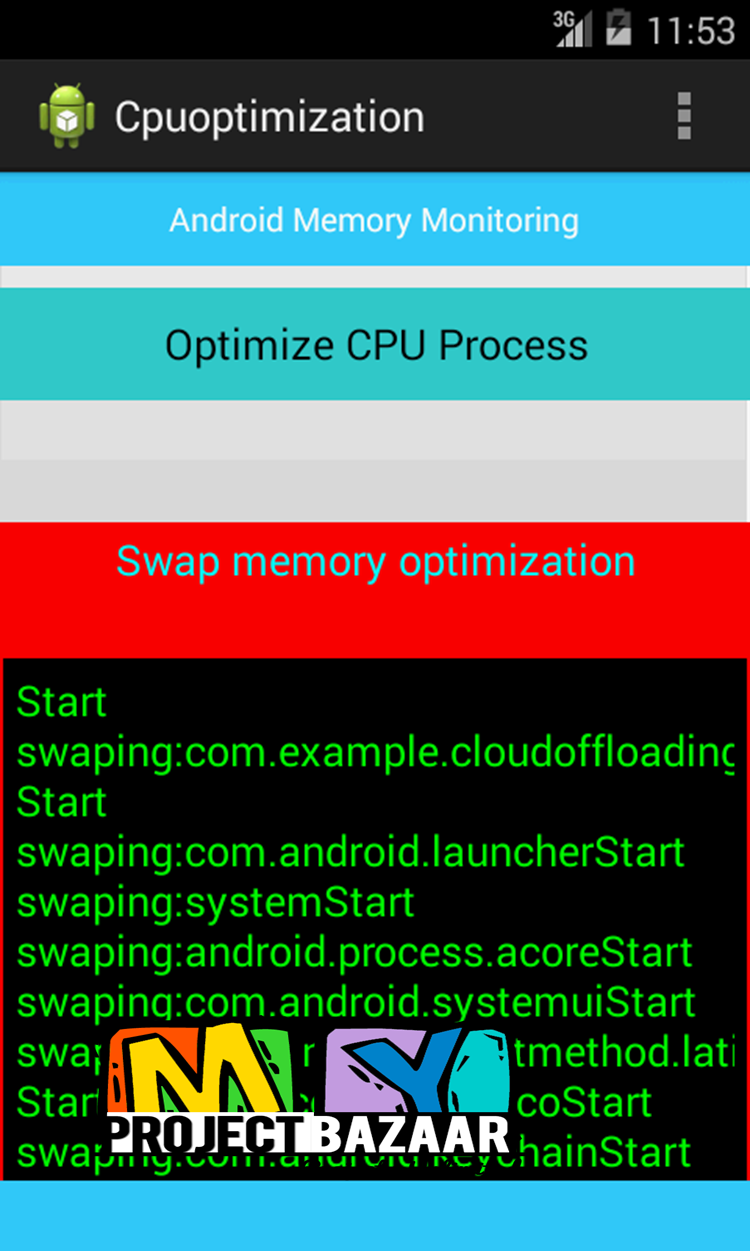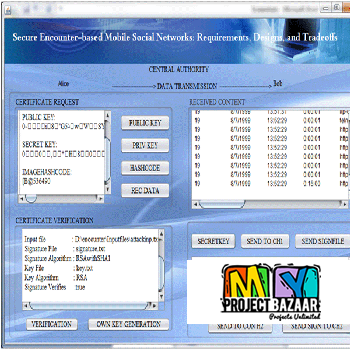
Time-and-Energy-Aware Computation Offloading in Handheld Devices to Coprocessors and Clouds
Product Description
Time-and-Energy-Aware Computation Offloading in Handheld Devices to Coprocessors and Clouds
Abstract— Running sophisticated software on smart phones could result in poor performance and shortened battery lifetime because of their limited resources. Recently, offloading computation workload to the cloud has become a promising solution to enhance both performance and battery life of smart phones. However, it also consumes both time and energy to upload data or programs to the cloud and retrieve the results from the cloud. In this paper, we develop an offloading framework, named Ternary Decision Maker < Final Year Projects 2016 > TDM, which aims to shorten response time and reduce energy consumption at the same time. Unlike previous works, our targets of execution include an on-board CPU, an on-board GPU, and a cloud, all of which combined provide a more flexible execution environment for mobile applications. We conducted a real-world application, i.e., matrix multiplication, in order to evaluate the performance of TDM. According to our experimental results, TDM has less false offloading decision rate than existing methods. In addition, by offloading modules, our method can achieve, at most, 75% savings in execution time and 56% in battery usage. Since response time and energy consumption may be two conflicting objectives, we first design a customizable cost function, which allows end users to adjust the weight of response time and energy consumption. We then develop a lightweight profiling method to estimate the performance improvement and energy consumption from offloading. In order to make correct decisions, several key system factors, such as network transmission bandwidth, mobile CPU speed, and memory bandwidth, are considered when constructing cost functions. Finally, an offloading decision is made based on the user-defined cost function, estimated response time, and energy consumption. According to our experimental results, our energy model ensures higher accuracy than previous works by considering these key parameters. The maximum-flow/minimum-cut algorithm or optimization algorithms were then used to partition cost
Including Packages
Our Specialization
Support Service
Statistical Report

satisfied customers
3,589
Freelance projects
983
sales on Site
11,021
developers
175+Additional Information
| Domains | |
|---|---|
| Programming Language |
Would you like to submit yours?


















There are no reviews yet